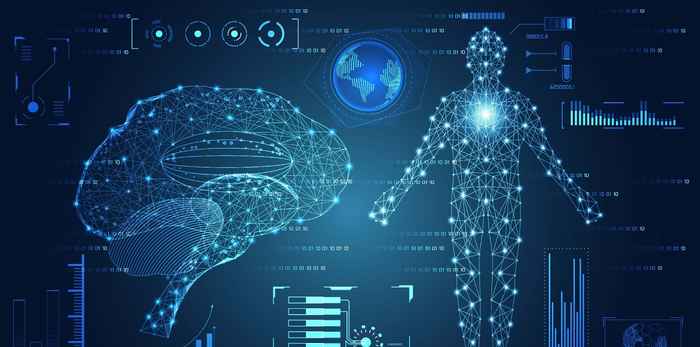Simulating Stroke Treatments with a Digital Twin
14 December 2023

It sounds like science fiction. Assessing the best treatment for a patient with an ischemic stroke or cerebral haemorrhage by first performing the procedure on their digital twin. If it's up to researchers of the European Gemini consortium, this will be a reality in six years. The 19 partners have received a Horizon grant worth 10 million euros from the European Commission in making this a reality.
For years, researchers have been using computers to simulate car and airplane designs. Also, Max Verstappen steps into a simulator before he enters his real Formula 1 car. The Gemini consortium wants to bring such simulators to the field of medicine. Strangely enough, computer simulations in medicine are far from the norm, despite having the potential to be an incredibly valuable tool. With this project, we want to first test the treatment for individual stroke patients on a digital twin of that patient. The doctors can see in the simulation which treatment works and which doesn't.
Importantly, 'digital twins' are not 'an animation but real calculations'. We enter the blood pressure, heart rhythm, information from the brain scan and other medical data of the stroke patient. Then a kind of 'digital twin' is generated on which we can simulate treatments.
A concrete example is the mechanical removal of a blood clot in the event of an acute ischemic stroke. By running simulations, doctors can see if a specific treatment will leave the patient's blood clot intact or whether it is fragmented during retrieval. The latter has negative effects on the outcome. By simulating the process, the patient receives the most optimal treatment.
We will find out what is good for the individual patient. The more measurements we can put into the digital twin, the more precisely we can predict what the best treatment will be. This way of computer simulations of treatments on patients is also known as knowledge-based modelling. This is different from data-driven artificial intelligence, which depends on the availability of large amounts of general data from many patients. It's a new application that is practiced. We combine the computer data with the physical and biological knowledge we have. Computer scientists and doctors work together here.
Over the coming four years, the researchers will be working on the technology that will make it possible to create digital twins. Once this technology is in place, they expect to need another two years to turn it into a computer simulation that can be used in clinical practice. So that doctors will soon be able to use their computers to arrive at the most suitable treatment method for their patients. A treatment that has first been virtually tested on your digital twin? Now that's tailor-made care!